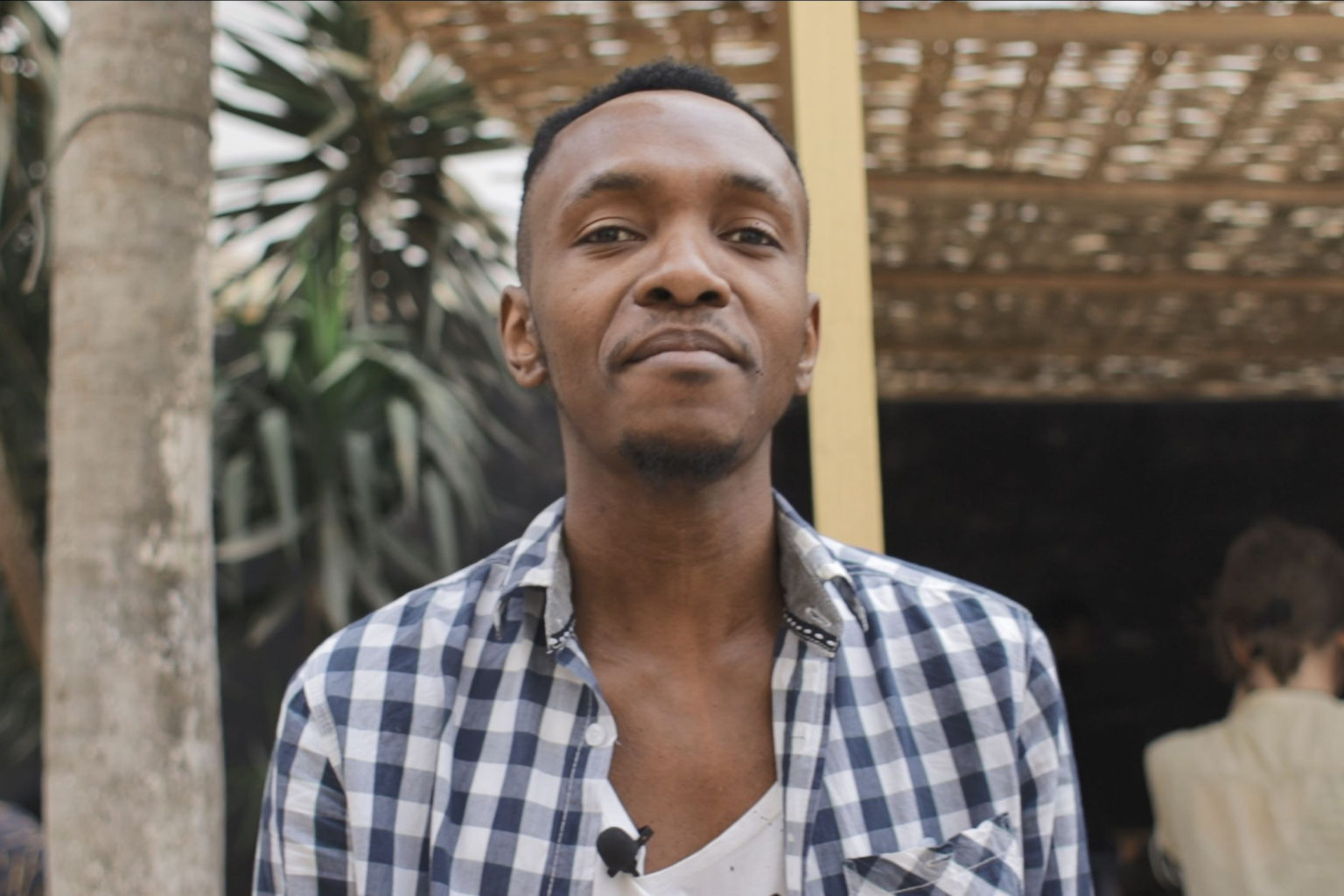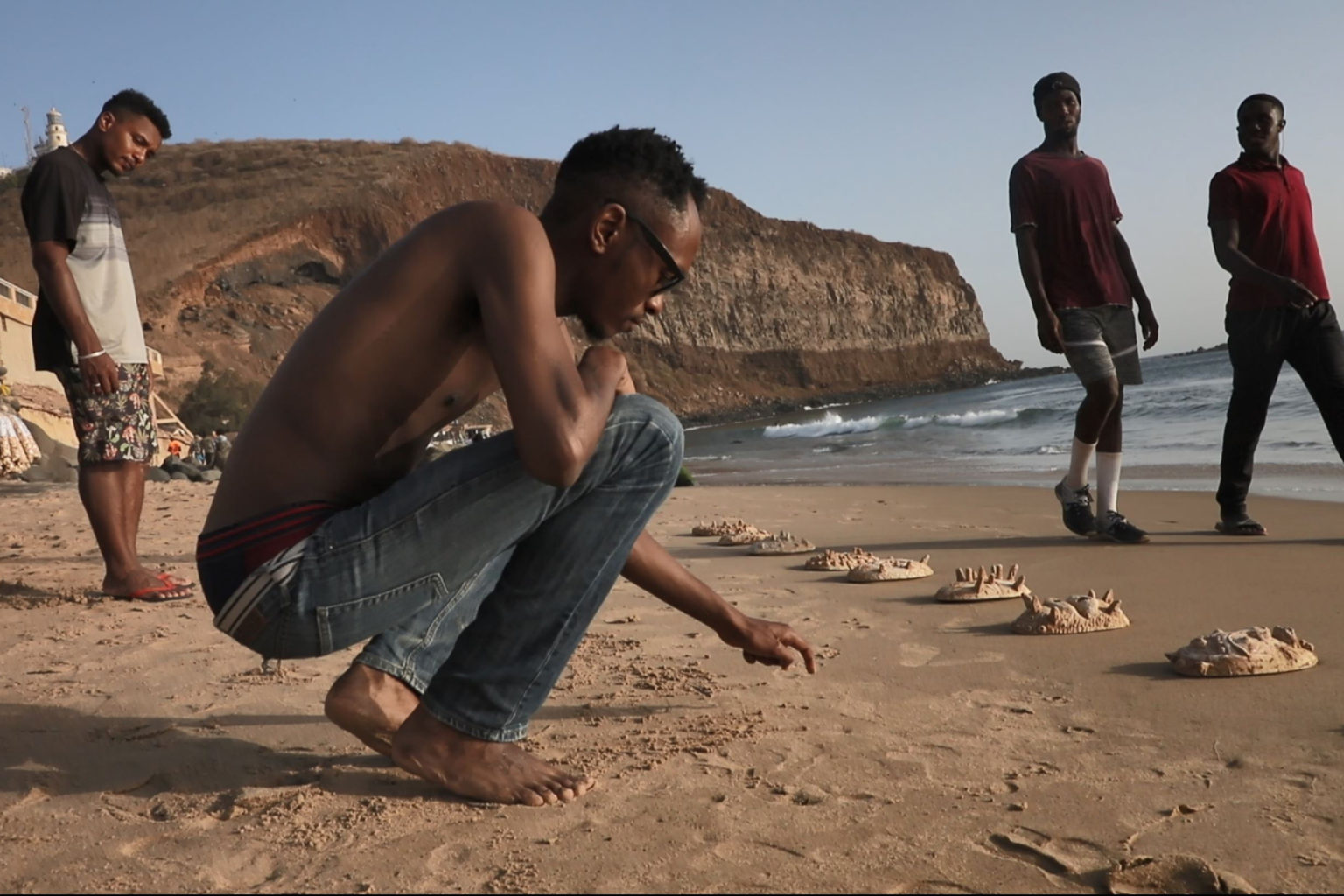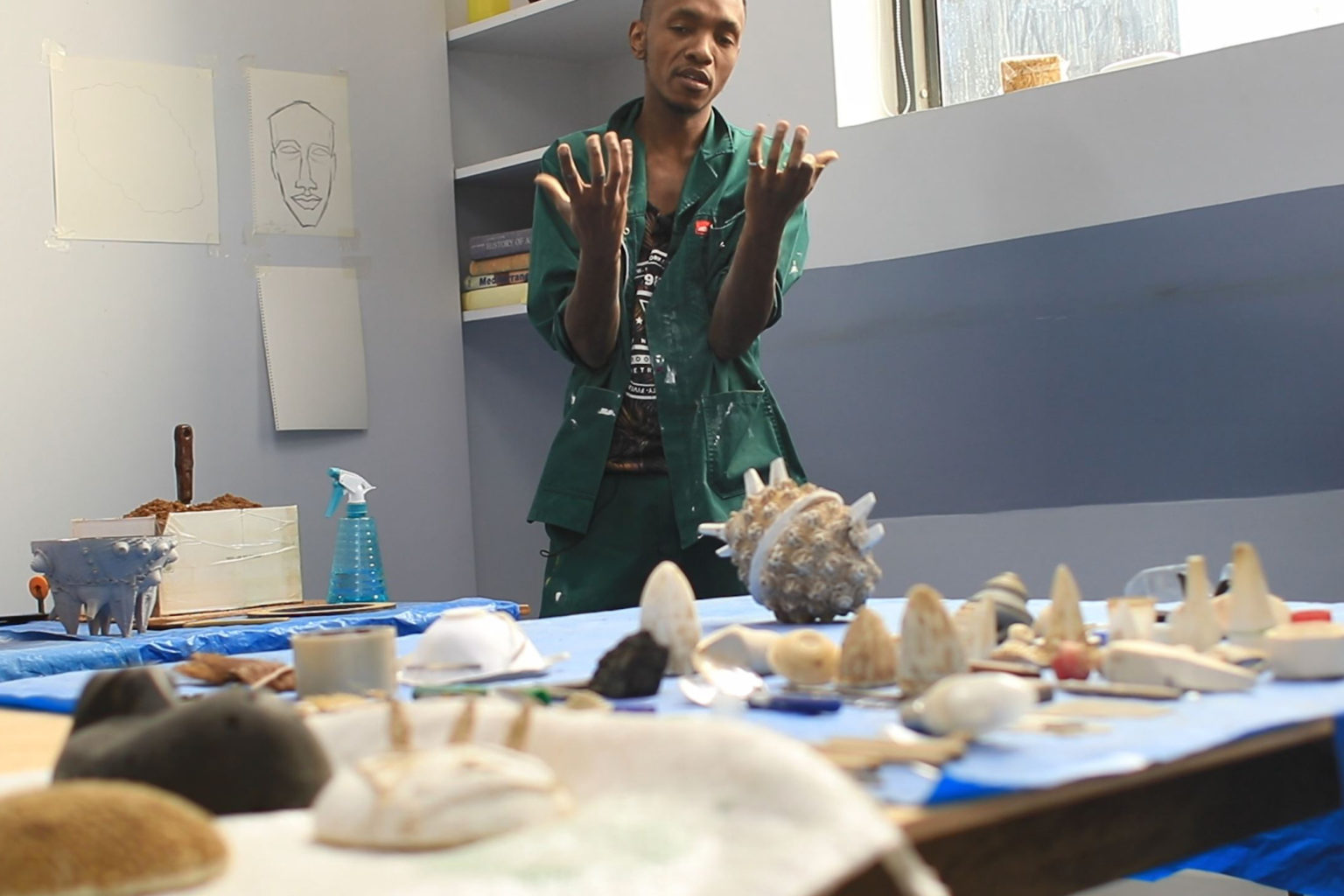b. South Africa; Sculpture
https://www.youtube.com/watch?v=9iX9-g8yZr0
Sylvester Mqeku was born in Mount Fletcher a small town on the edges of the Eastern Cape province of South Africa in the hills that scatter along the Drakensberg mountains. He later moved to Umtata, a larger town, where he graduated from high school. Zanoxolo Mqeku began his tertiary education at the Nelson Mandela University Port Elizabeth South Africa, studying for a foundation certificate in art moving on to study Architectural Technology the following year. After two years of architectural design work, Mqeku discontinued and went back to the school of art and design. In 2009, he completed two years of introductory art and design studies, his qualification comprised of Painting, Graphic Design, Photography, Sculpture, Ceramic Design, Drawing and Art Theory. In April 2013, after graduating with a diploma in Ceramic Design, he moved to a different province, the city of Bloemfontein, and began volunteer work at the historical Oliewenhuis Art Museum. In the next few months Mqeku would be granted a temporary contract of internship a partnership between with Oliewenhuis Art Museum and The Visual Arts Network of South Africa (VANSA) and by May of 2014 Mqeku was permanently employed at Oliewenhuis Art Museum. In early 2016, Mqeku was enrolled at the Tshwane University of Technology Pretoria South Africa, completing a B-Tech in Fine Art with a major in sand cast ceramics. On a quest to develop research into the innovative studio practice of sand cast ceramics, Mqeku was commissioned as part of the Goethe Project Space (GPS) by the Goethe Institut Johannesburg between September and October 2018. Sylvester hosted the first ever public workshop on sand cast ceramics at the central University of technology, Bloemfontein. Earlier in 2018, Mqeku was selected to participate in the Vallauris artist in residence, an exclusive ceramic artist residency in Vallauris, France. Mqeku is due to graduate with his Masters in Design and Studio Art, which he spent researching the use of sand casting as a ceramic studio technique and how it adapts to public creative practice and multiple fabrication technologies.


